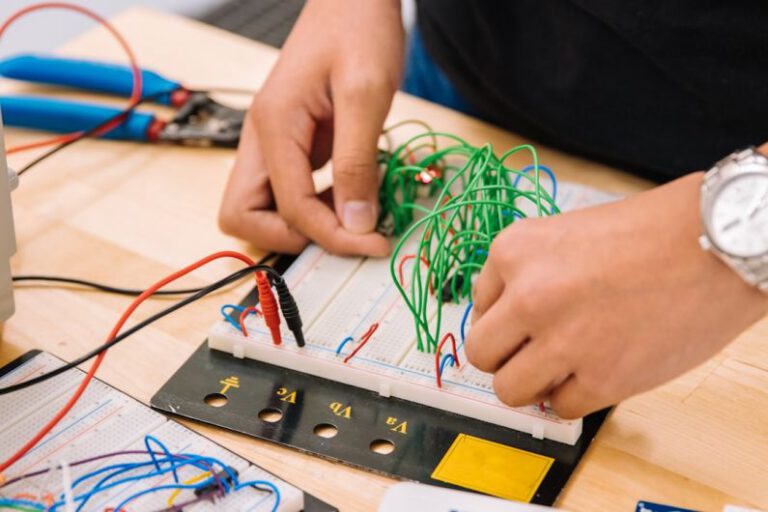Ai-powered Emotional Recognition: Changing Interactions
In today’s fast-paced world, technology continues to evolve at an unprecedented rate, revolutionizing the way we interact with the world around us. One such groundbreaking development is the advent of AI-powered emotional recognition technology, which has the potential to transform the way we communicate and engage with others. By harnessing the power of artificial intelligence to analyze facial expressions, tone of voice, and other non-verbal cues, this technology is paving the way for more intuitive and empathetic interactions in various fields, from customer service to healthcare. Let’s delve into the exciting realm of AI-powered emotional recognition and explore how it is reshaping our interactions.
**Enhancing Customer Service Experience**
One of the key areas where AI-powered emotional recognition is making a significant impact is in customer service. By analyzing customers’ facial expressions and vocal tones during interactions, businesses can gain valuable insights into their emotional states and tailor their responses accordingly. This technology enables companies to provide more personalized and empathetic customer service, leading to higher levels of customer satisfaction and loyalty. By understanding customers’ emotions in real-time, businesses can address their needs more effectively and create a more positive and engaging experience.
**Transforming Healthcare Practices**
In the healthcare industry, AI-powered emotional recognition is revolutionizing the way medical professionals interact with patients. By analyzing patients’ facial expressions and vocal cues, healthcare providers can gain a deeper understanding of their emotional well-being and provide more personalized care. This technology has the potential to enhance patient outcomes by enabling healthcare professionals to detect signs of distress or discomfort early on and intervene proactively. Additionally, AI-powered emotional recognition can help improve the overall patient experience by making healthcare interactions more empathetic and human-centered.
**Driving Personalized Marketing Strategies**
AI-powered emotional recognition is also proving to be a game-changer in the field of marketing. By analyzing customers’ emotional responses to marketing campaigns, businesses can tailor their strategies to resonate more effectively with their target audience. This technology allows marketers to gauge the emotional impact of their messaging and adjust their approach to elicit the desired response. By understanding consumers’ emotions and preferences on a deeper level, businesses can create more compelling and engaging marketing campaigns that drive better results.
**Empowering Educational Settings**
In educational settings, AI-powered emotional recognition is helping educators better understand their students’ emotional states and tailor their teaching methods accordingly. By analyzing students’ facial expressions and vocal cues, teachers can identify signs of boredom, frustration, or engagement and adjust their approach to optimize learning outcomes. This technology enables educators to provide more personalized support to students, fostering a more nurturing and inclusive learning environment. By enhancing teachers’ ability to connect with their students on an emotional level, AI-powered emotional recognition is reshaping the way education is delivered and received.
**The Future of Human-Machine Interaction**
As AI-powered emotional recognition continues to advance, the possibilities for enhancing human-machine interaction are limitless. From virtual assistants that can detect and respond to users’ emotions to interactive robots that can empathize with human feelings, this technology is blurring the lines between man and machine. By imbuing machines with the ability to understand and respond to human emotions, we are entering a new era of interaction that is more intuitive, empathetic, and human-like.
**In Summary**
AI-powered emotional recognition technology is revolutionizing the way we interact with each other and with machines. By analyzing facial expressions, vocal tones, and other non-verbal cues, this technology is enabling more empathetic and personalized interactions in various fields, from customer service to healthcare to marketing. As we continue to harness the power of artificial intelligence to understand and respond to human emotions, the possibilities for enhancing human-machine interaction are endless. Embracing this transformative technology is key to shaping a future where interactions are more intuitive, empathetic, and meaningful.






